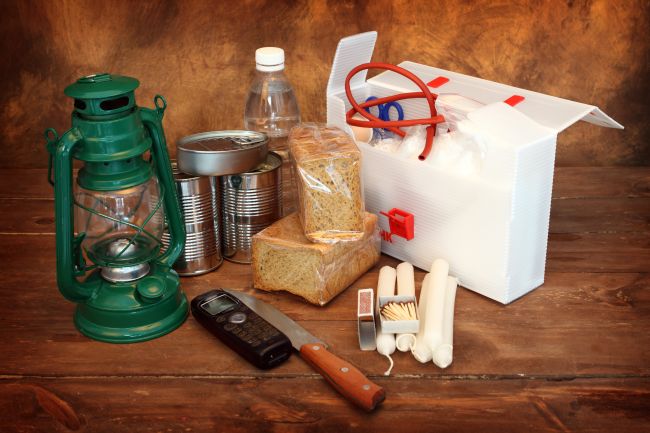
In honor of April being the Pet First Aid Awareness month, we are collating a list of tips that will help pet parents prepare for disasters. This doesn’t mean fires, earthquakes or floods – but rather the day when your precious kitty becomes unresponsive, or when your pooch is struggling at the onset of an unexpected disease. Just as adolescents are taught to expect the unexpected when drivers-training behind the wheel, pet parents ought to be ready for anything. Though most pets ordinarily lead calm and peaceful lives, you don’t want to be caught confused and overwhelmed if your cat collapses or your dog has an allergic reaction one day. Be informed and prepared!
1. Keep a fully stocked First Aid Kit. This might sound obvious, but many people assume the contents of their human medical cabinet will be sufficient to address any issues that might arise with their dog or cat. While this may certainly be true for things like antibacterial ointment, gauzes, and hydrogen peroxide, other products are poisonous for pets, and need to be stored safely elsewhere. So that you do not make dangerous mistakes when disaster strikes, put together a Pet First Aid Kit and keep it in an easily accessible space.
2. Post emergency numbers close by. Make sure your veterinarian office’s contact information, Poison Help Line, and emergency vet clinic numbers are accessibly posted nearby. Some choose to list these numbers on their refrigerator, inside their cabinets, or on their kitchen calendar. Having this information close to hand might save your precious time when you need to act quickly. (Also be familiar with where the emergency clinic and vet offices are located, in case you are required to drive there immediately. The last thing you need is to get lost when every minute counts.)
3. Keep your pet’s medical records listed and close. The veterinarian or emergency aid might ask you some basic diagnostic questions on the phone, such as the date of your pet’s last shots, vet visits, last illnesses, etc. The accuracy of this information could save your cat or dog a world of pain so the more specific you can be the better. Keep a list of what treatments and vaccines they have had, and any recent diet changes, in case the details are pertinent to the condition or symptoms of your pet.
4. Get pet insurance. Some pet owners also invest in pet insurance for cases such as these, where surprise disasters assail their beloved furry companion. While not everyone chooses this option, it certainly may be worth the additional monthly cost, simply for peace of mind (and to protect your pocketbook should the necessary treatments become expensive).
5. Become certified in pet first aid. If you are highly invested in your pet’s health, you could also enroll in pet first aid classes (yes, they exist) to learn how to provide immediate help if your pet becomes unresponsive. Courses are provided through the American Red Cross among other organizations who help instruct pet owners on how to identify medical emergencies, transport ailing animals, and apply basic first aid skills which could one day protect your pet from grave danger. Be prepared for anything!

